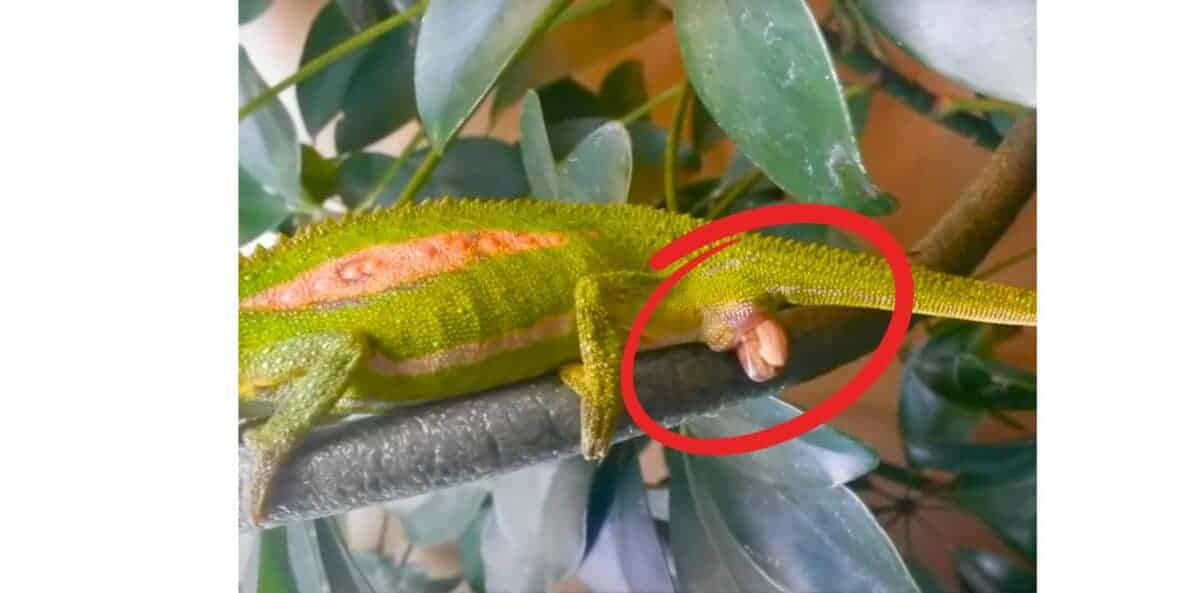If you, like me, were shocked to learn that some chameleons give live birth – this is the article for you! Let’s take a look at four really cool ovoviviparous chameleons, and what being ovoviviparous actually means.
What does ovoviviparous mean?

Ovoviviparous chameleons do not lay eggs like oviparous reptiles. These chameleons give birth to live offspring! Once fertilized by a male, the female chameleon keeps the fertilized eggs inside her body for a gestation period.
Internal Hatching

After these eggs hatch internally, the offspring is brought into the world alive, covered in a membrane. After the baby chameleon escapes their membrane they are ready to take on the world!
Ovoviviparous Summary

In ovoviviparous reproduction (like what the chameleons who give live birth use) the eggs develop inside the mother’s body. Which are born alive, as the eggs hatch inside her body. In some cases, parental care might be possible, as embryos may receive nutrients from the mother.
Oviparous Summary

Whereas in oviparous reproduction the eggs develop outside the mother’s body and young hatch from eggs. In these cases, there is limited to no parental care, as the eggs are left to hatch on their own!
1. Jackson’s Chameleon
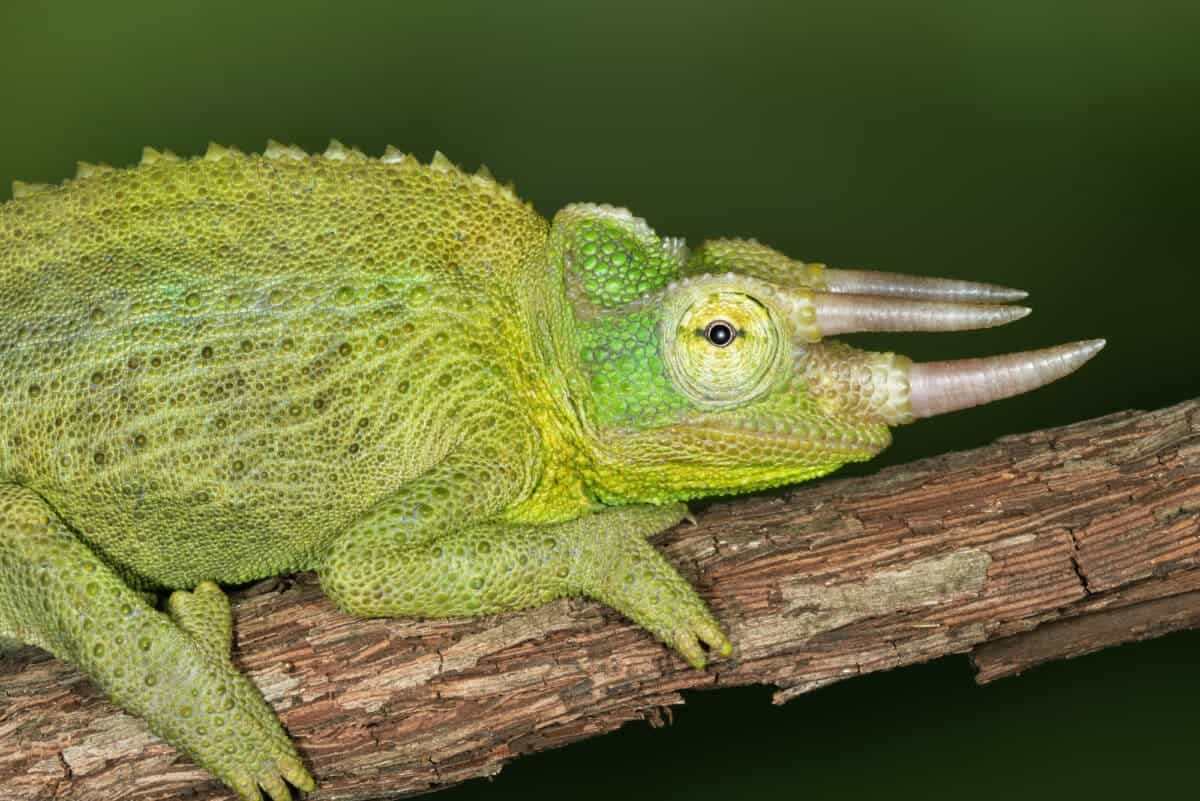
The Jackson’s chameleon (Trioceros jacksonii) is native to Kenya and Tanzania in East Africa. These small to medium-sized chameleons occur in nature in humid, cool mountain areas with significant rainfall and vegetation. Where their diet consists of flies, worms, small snails, and crickets.
2. Cape Dwarf Chameleon
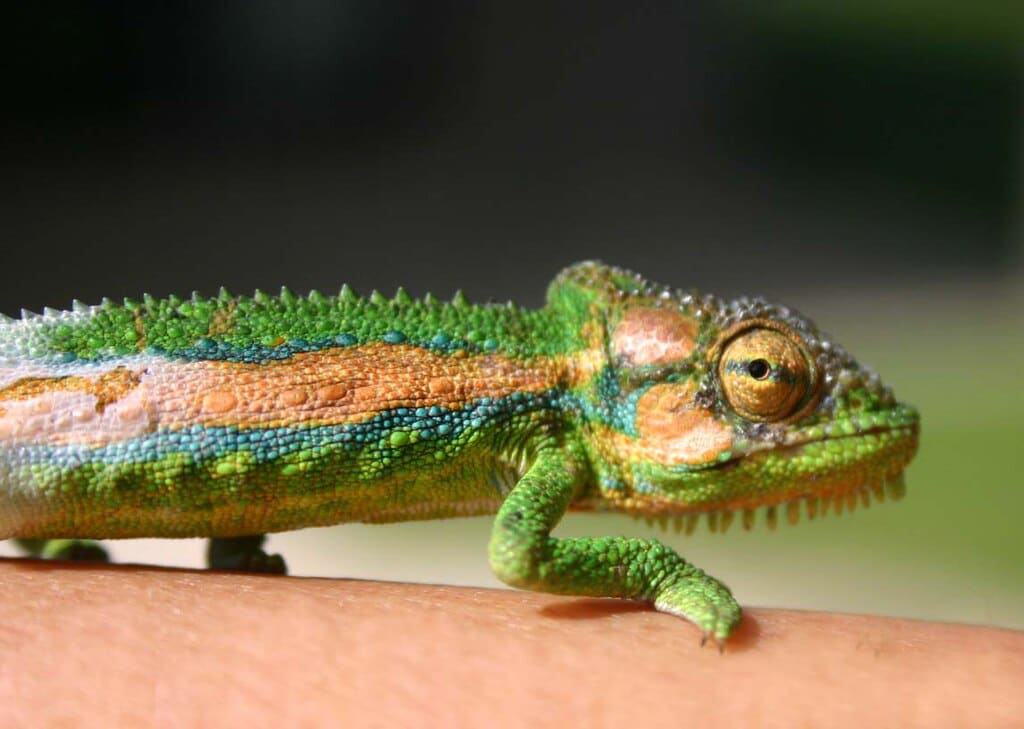
The Cape Dwarf Chameleon (Bradypodion pumilum) is native to South Africa and resides in the Western Cape area of the country. These medium-sized chameleons prefer areas with winter rainfall, especially areas with lots of hiding places in trees and bushy scrubs. Their diet mainly consists of small insects and anthropods.
3. Side Striped Chameleon
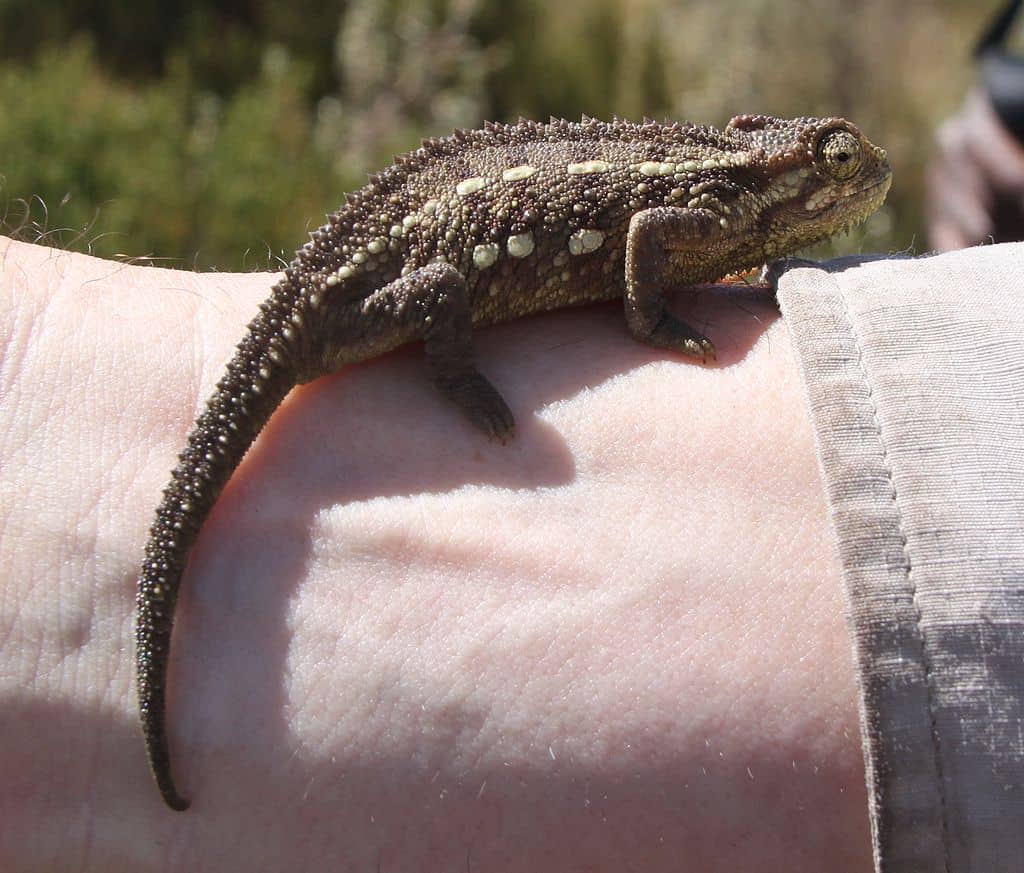
The side-striped chameleon (Trioceros bitaeniatus or two-lined chameleon) is native to Kenya, Tanzania, Southern Sudan, Somalia, Ethiopia, Uganda, and the northeastern area of the Democratic Republic of the Congo. These small-sized chameleons live in grasslands, savannah, and woodland areas. Where their diet includes insects such as locusts, crickets flies, and the occasional worm.
4. Von Höhnels Chameleon
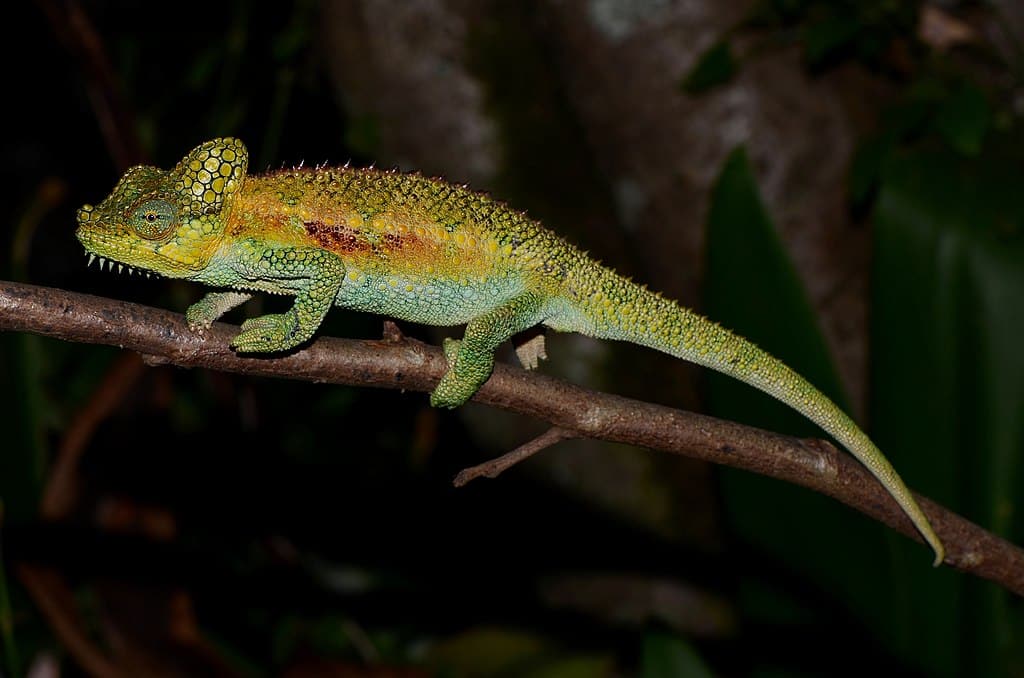
The Von Höhnels chameleon (Trioceros hoehnelii) also goes by the name the helmeted chameleon or the high-casqued chameleon. These chameleons are native to Eastern Africa and can be found in Kenya and Uganda in high savannah grasslands, often hiding in bushes, small trees, reed beds, shrubs, and tall grasses. Their diet consists of a variety of insects and the occasional worm.
A Video!

Here is a video to show you what live births in chameleons look like!
Final say

Not only do these chameleons have the ability to change color and adapt to their surroundings, but showcase diverse reproductive strategies. A wonderful reminder of the diversity and adaptability of not just the animal kingdom, but chameleons themselves!
Next in Animal News
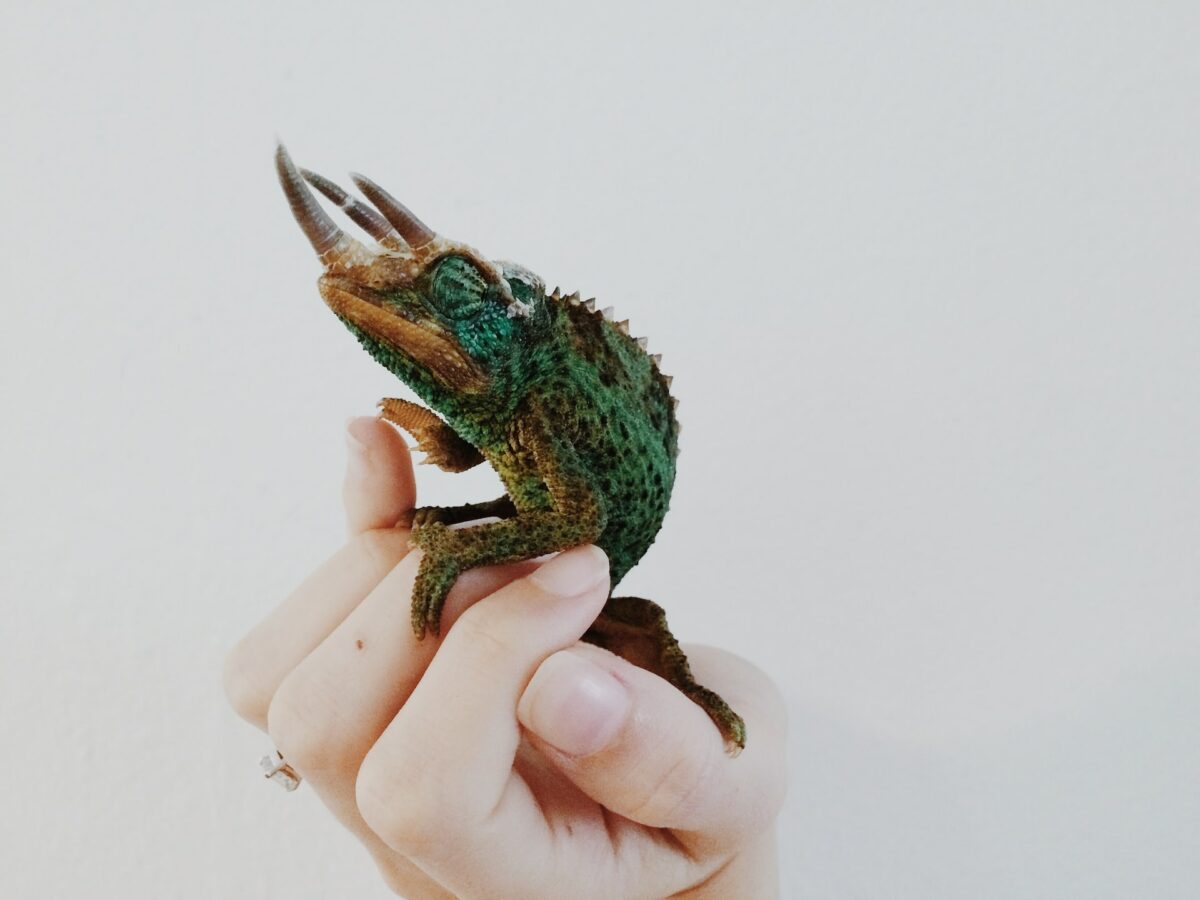
If you enjoyed learning about these ovoviviparous chameleons who give live birth, you may enjoy these articles too:
Join our Forum for free today!

- Chameleons Who Give Live Birth - June 30, 2024
- WATCH: Icelandic Horses Type Out-of-Office Emails - June 29, 2024
- Most Popular Pets Living in New York - June 28, 2024

